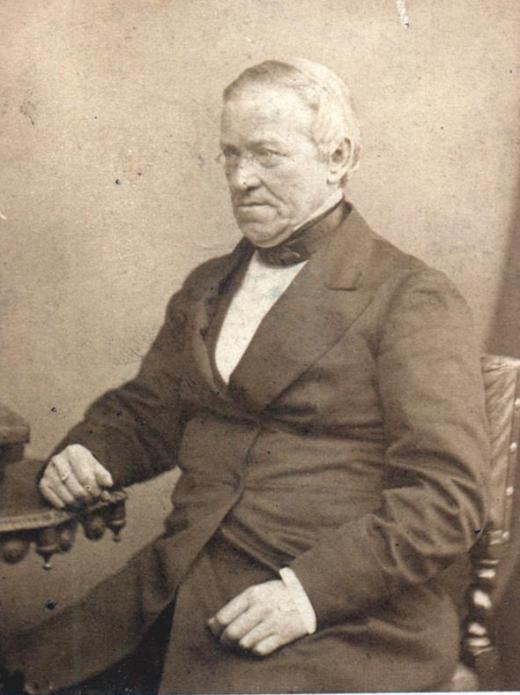A rheostat is a device which is used to vary the resistance in an electrical circuit without interrupting the circuit. People may be most familiar with the rheostat in the form of a dimmer or slider which is used to vary the intensity of a light. Rheostats are used to set lighting levels for comfort or mood, allowing people to change light levels without needing to change lights. Rheostats are also used in a number of electrical applications and a variety of industries. Many companies manufacture these devices and people can also make their own, as is sometimes done in science classes to introduce students to the topic of electrical resistance.
This device relies upon the fact that the current flowing through a circuit will vary depending on the amount of resistance it encounters. Low resistance means high current, because there is nothing to impede the current, and high resistance means low current. This characteristic of electrical circuits can be harnessed to change the performance of a circuit to meet specific needs.

Development of the rheostat is sometimes credited to Charles Wheatstone, a 19th century British inventor who contributed a number of electricity-related discoveries to the sciences, among many other things. Wheatstone certainly did work with electrical circuits and learned a great deal about resistance and the ways in which it could be manipulated in the process. The basic rheostat designs developed during this period continue to be in use today.

The simplest kind of rheostat uses a coil or rod of wire. A slider can be moved along the wire to create more or less resistance in the circuit. As the slider moves along the wire, it either increases the length of wire which the current must pass through to complete the circuit, or it decreases it. Increases create more resistance, resulting in less current flowing through the circuit, while decreases work in the opposite way..
Rheostats are a kind of potentiometer. These devices can be used in a variety of settings, and are usually designed to be sealed so that environmental factors cannot interfere with the function of the circuit. The seal keeps out dust, moisture, and similar materials so that the circuit stays clean. Rheostats do occasionally fail, as do other components of circuits, and many hardware or electrical stores carry replacement rheostats for various devices so that people can repair circuits instead of replacing them. It is important to use a replacement which has been rated for the circuit in question to reduce the risk of electric shock or other dangers.
Ever since she began contributing to the site several years ago, Mary has embraced the exciting challenge of being a About Mechanics researcher and writer. Mary has a liberal arts degree from Goddard College and spends her free time reading, cooking, and exploring the great outdoors.

